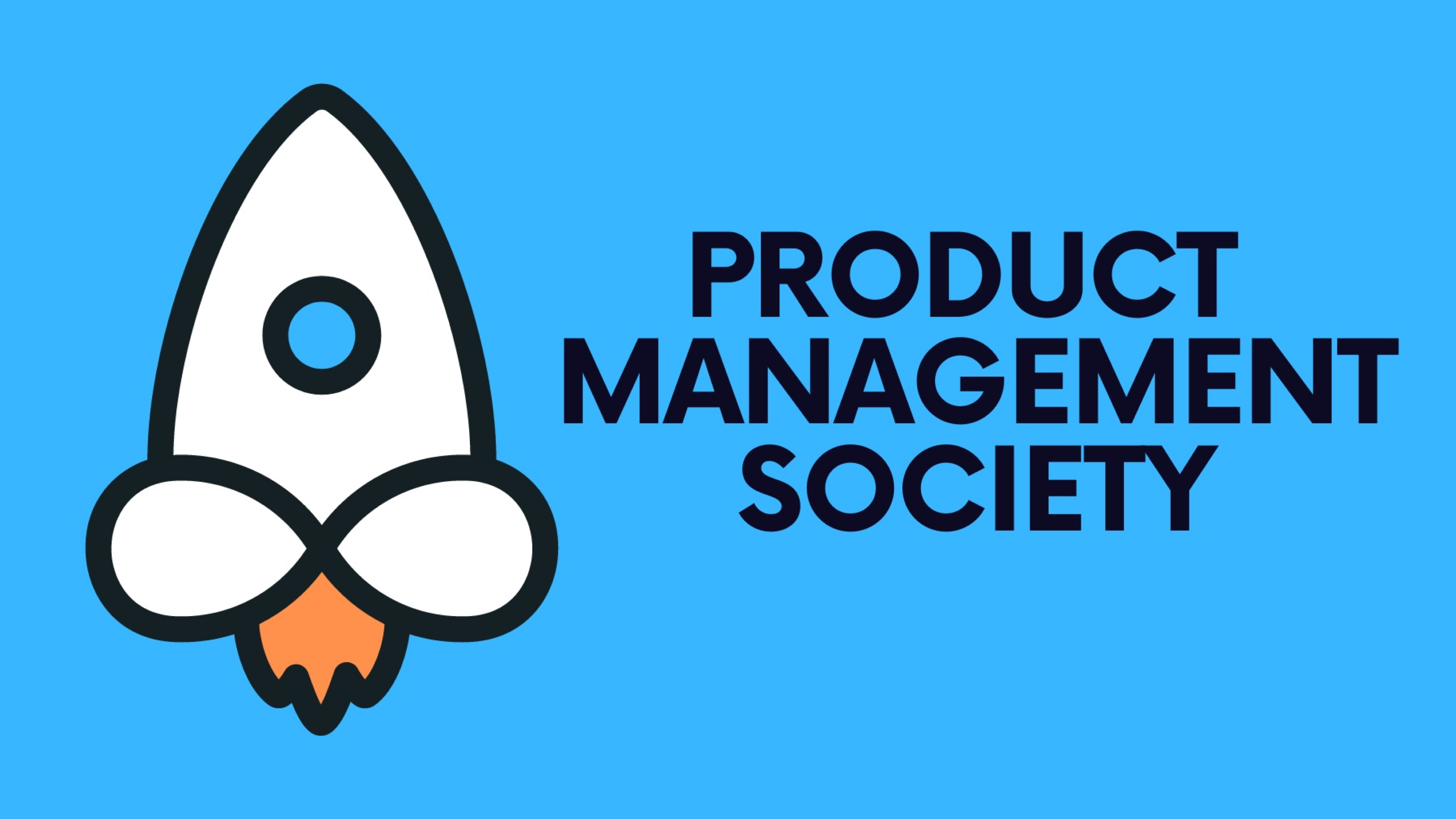Staying ahead in product management requires a proactive approach to innovation, foresight into market trends, and an agile response to customer needs. This article explores key strategies for fostering innovation and maintaining a competitive edge in your product management career.
1. Cultivate a Culture of Continuous Learning
Stay Curious:
Thanks for reading Product Management Society! Subscribe for free to receive new weekly posts 🚀
- Foster a mindset of perpetual learning within your team and encourage exploration of new ideas, technologies, and methodologies.
Educate Yourself and Your Team:
- Invest in training and development opportunities. Attend workshops, webinars, and conferences. Subscribe to industry publications and participate in relevant forums to keep up with the latest trends.
2. Leverage Data-Driven Decision Making
Harness the Power of Data:
- Utilize analytics tools to understand user behavior, preferences, and pain points. Data should inform all aspects of your product strategy from conception through to launch and beyond.
Implement Feedback Loops:
- Establish robust mechanisms for collecting and analyzing customer feedback. Use insights gained to iterate and improve your product continually.
3. Embrace Agile Methodologies
Stay Flexible:
- Implement agile methodologies that allow for flexibility and rapid pivoting. This approach helps accommodate changing market conditions and user feedback without extensive delays or disruptions.
Promote Cross-Functional Collaboration:
- Ensure that teams from different disciplines work closely together. This not only speeds up the problem-solving process but also enhances creativity through diverse perspectives.
4. Foster Innovation Through Diversity
Diversify Your Team:
- Build a team with diverse backgrounds, skills, and perspectives. Diversity fuels innovation by bringing different viewpoints and ideas to the table.
Encourage Inclusive Ideation:
- Create an environment where all team members feel safe and valued to contribute their ideas. Regular brainstorming sessions and open discussions can spark creativity and novel solutions.
5. Keep an Eye on the Future
Anticipate Trends:
- Stay ahead of the curve by identifying and preparing for future trends. Use foresight tools and techniques, such as scenario planning and trend analysis, to predict where the market is headed.
Invest in Emerging Technologies:
- Be open to experimenting with new technologies that have the potential to disrupt your industry. Early adoption can provide a significant competitive advantage.
6. Iterate and Innovate
Prototype Rapidly:
- Use prototyping to test and refine ideas quickly. Rapid prototyping can help your team fail fast and learn faster, minimizing the cost and impact of each failure.
Celebrate Failures and Learnings:
- Cultivate a culture where failure is seen as an opportunity to learn. Celebrate the lessons learned from each setback to encourage risk-taking and innovation.
7. Network and Collaborate Externally
Build Strategic Partnerships:
- Look beyond your organization to form partnerships that can provide new technologies, insights, and markets. Collaborative efforts can lead to innovations that might not be possible internally.
Engage with the Wider Community:
- Participate in industry groups, online communities, and professional networks. External engagements can inspire new ideas and offer fresh insights.
Conclusion
Innovation in product management requires more than just generating new ideas; it involves a strategic approach to nurturing those ideas and bringing them to fruition. By fostering a culture of continuous learning, leveraging data, embracing agility, and promoting diversity, you can ensure your products meet current market needs and shape future trends. Stay curious, stay flexible, and stay ahead.
Stay tuned for our next article, where we will explore what to do if a product is failing.
If you’re finding this newsletter valuable, consider sharing it with friends, or subscribing if you aren’t already. Also, consider coming to one of our Meetups and following us on LinkedIn ✨
Thanks for reading Product Management Society! Subscribe for free to receive new weekly posts 🚀







